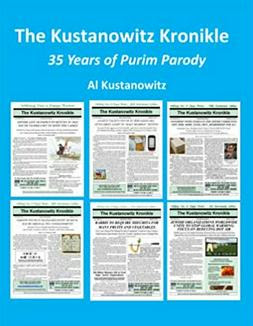This past Sunday, Lag B'Omer, the 33rd day of the period between Pesach and Shavuot, was celebrated around the world.
On Lag B'Omer, it's a custom for children to go out into the fields and play with toy bows and arrows. This commemorates the midrashic tradition that no rainbow was seen during Rabbi Shimon's lifetime. Rainbows first appeared after Noah's flood, when God promised to never again devastate the world. When the world is deserving of punishment, God sends a rainbow instead. Rabbi Shimon's merit protected the world, rendering the rainbow superfluous.
So why bows and arrows? The Hebrew word keshet can mean both a rainbow and an archery bow. It's easier to buy a bow and arrow than create a rainbow so that's probably why the bows and arrows are used, and not only by children.
So why bows and arrows? The Hebrew word keshet can mean both a rainbow and an archery bow. It's easier to buy a bow and arrow than create a rainbow so that's probably why the bows and arrows are used, and not only by children.
In Golders Green, London, the followers of the Rademishler Rebbe, who call him the Admor -- Adoneinu, Moreinu, v'Rabbeinu (our master, teacher, and rabbi) gave him a quick tutorial in shooting a toy bow and arrow and let out a cheer when he let the arrow fly.
In Meron, in northern Israel, about 500,000 chasidim made a pilgrimage to the tomb of Rabbi Shimon bar Yochai (Rashbi) to sing, dance, and light bonfires. Rashbi's tomb is the epicenter of the Lag B'Omer celebrations because he was one of the students of Rabbi Akiva who survived a terrible plague that killed thousands of them, and he went on to write the Zohar, the book of Kabbalah.
The bonfires are meant to commemorate the immense light that Rabbi Shimon bar Yochai introduced into the world via his mystical teachings. Here are glimpses of some of the celebrations in Meron.















No comments:
Post a Comment